Jurong Bird Park: Key milestones of the iconic Singapore attraction
Jurong Bird Park, Asia's largest bird park, will close on Jan 3, 2023, ahead of its move to Mandai.
SINGAPORE: Remember that school excursion or family trip to Jurong Bird Park?
Since opening in 1971, Asia's largest bird park has welcomed more than 40 million visitors. It is home to 3,500 birds across 400 species.
More than 50 years on, the iconic attraction is preparing to close on Jan 3, 2023, ahead of its move to Mandai.
Here's a look at the key milestones of Jurong Bird Park.
Opening of Jurong Bird Park
Built at a cost of S$3.5 million, Jurong Bird Park officially opened on Jan 3, 1971.
This was before the Singapore zoo opened in 1973.
The idea for a bird park came from the late Dr Goh Keng Swee, who was then Finance Minister, after he visited an aviary in Rio De Janeiro in 1968. He felt that having a bird park in Singapore would give Singaporeans an opportunity to connect with nature at a time of rapid urbanisation in the country.
"It was also famously reported that when asked why not build a zoo instead, Dr Goh said 'bird seeds cost less than meat'," said Mandai Wildlife Group on Tuesday (Aug 30) when it announced Jurong Bird Park's closing date.
When the park opened in 1971, it had 78 display aviaries, a nursery breeding area as well as a tram system.
The centrepiece was the Jurong Falls Aviary, now known as Waterfall Aviary. It houses one of the world's tallest man-made indoor waterfalls, standing at 30m tall.
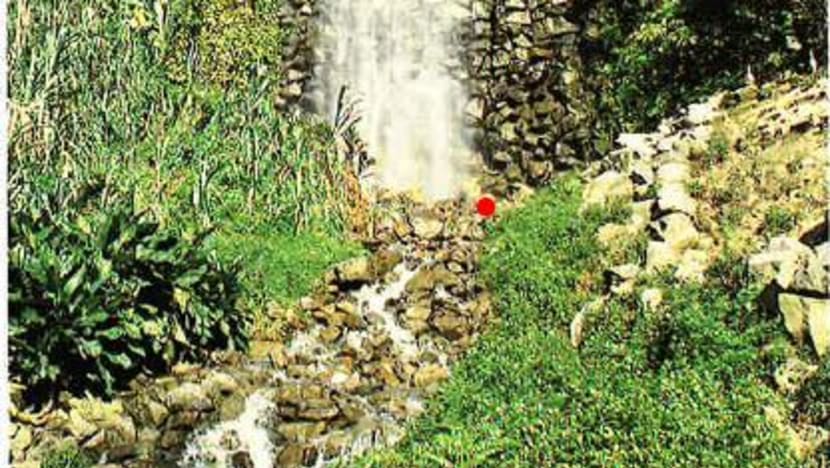

Royal visitor
In 1972, Jurong Bird Park welcomed Britain's Queen Elizabeth II and Prince Philip. They were in Singapore as part of their Southeast Asian and Indian Ocean tour.
In August that year, the bird park recorded its millionth visitor.
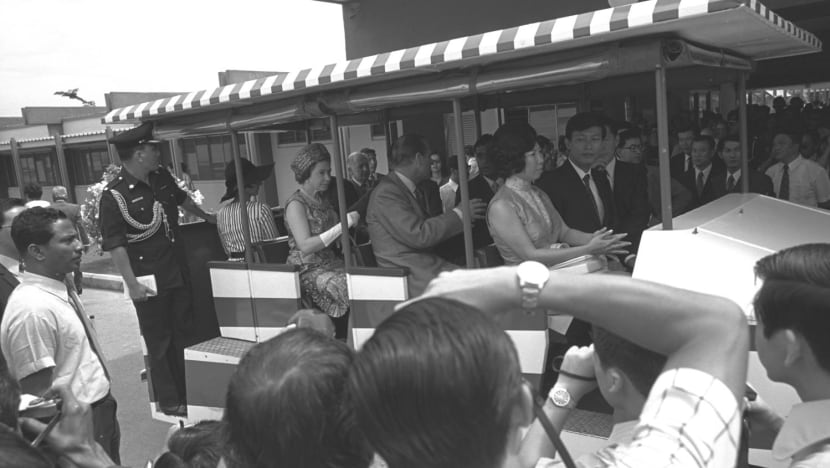
Launch of new bird shows
A master plan was launched in 1985 to upgrade Jurong Bird Park, to improve the living conditions of the birds and improve the visitor experience.
New attractions were built such as the Pool's Amphitheatre, Flightless Birds exhibit and Panorail - a monorail system that offered panoramic views of the park.
The Pool's Amphitheatre, which features the All Stars Bird Show, had a capacity of 2,000. When it opened in 1992, the amphitheatre had the largest canopy in the world.
A crowd favourite has got to be the King of the Skies presentation, featuring birds like the Bald Eagle and Himalayan Griffon Vulture. The show was launched at the Fuji Hawk Centre - now known as Hawk Arena - when it opened in 1988.
.JPG?itok=XITyZRwo)
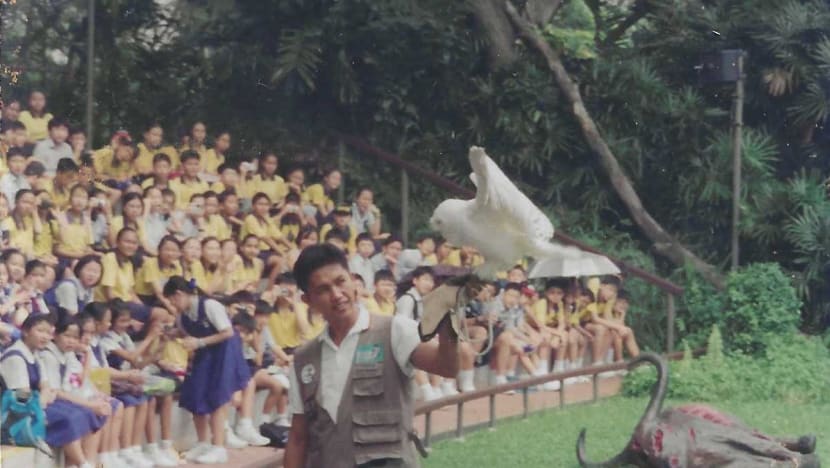
.JPG?itok=qNruT5Uc)
Breeding of birds
Jurong Bird Park contributes to conservation efforts. Its Breeding and Research Centre focuses on the propagation of threatened species and research on breeding biology.
In 1992, it saw the world's first Black Hornbill bred under human care. Black Hornbills are a vulnerable species native to Malaysia, Indonesia and Brunei, said Mandai Wildlife Group.
Then in 2001, a Twelve-wired Bird of Paradise was bred under human care - a world first. This helped Jurong Bird Park clinch the Breeders' Award from the American Pheasant and Waterfowl Society.
In 2012, the park's Breeding and Research Centre was officially launched for public viewing, giving visitors an opportunity to learn about how the park's chicks are hatched from eggs.
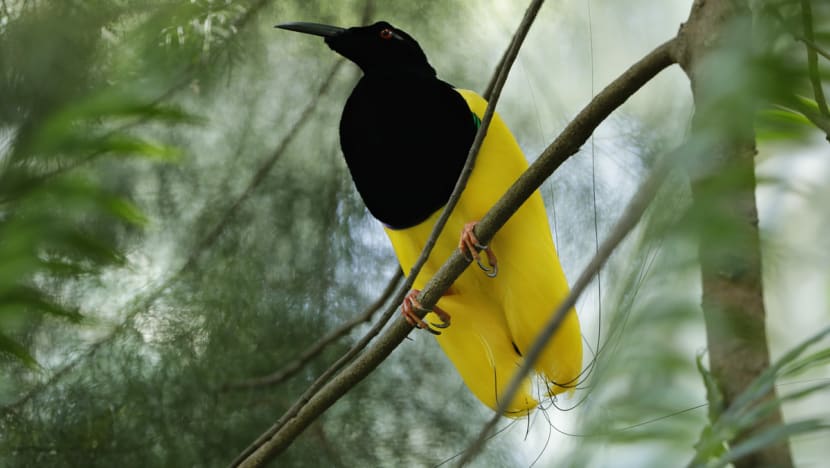

Partnership with other wildlife groups
From 2018 to 2021, the park was involved in various partnerships with other wildlife groups. This ranged from rescuing birds and breeding them.
The park also hatched the critically endangered Negros Bleeding-hearts two months after its arrival here. This marked the first conservation breeding programme outside of the bird's native country, the Philippines. The goal is to return the progenies back to help repopulate their native habitat, said Mandai Wildlife Group.
A pair of Philippine Eagles was also loaned to Singapore to mark 50 years of diplomatic ties between Singapore and the Philippines in 2019.

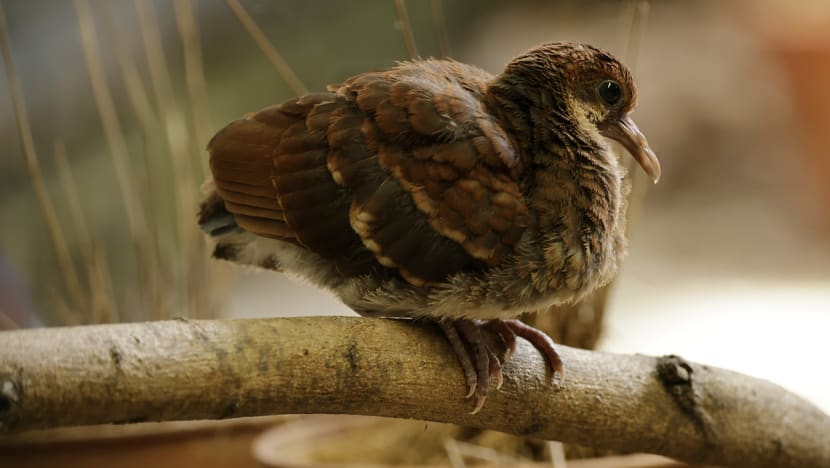
New beginnings
Jurong Bird Park will move to a new home called Bird Paradise, joining the Singapore Zoo, River Wonders, the Night Safari and an upcoming attraction called Rainforest Wild at Mandai Wildlife Reserve.
According to Mandai Wildlife Group, the new bird park is dedicated to bird conservation and will house "one of the largest numbers of threatened avian species under human care".















